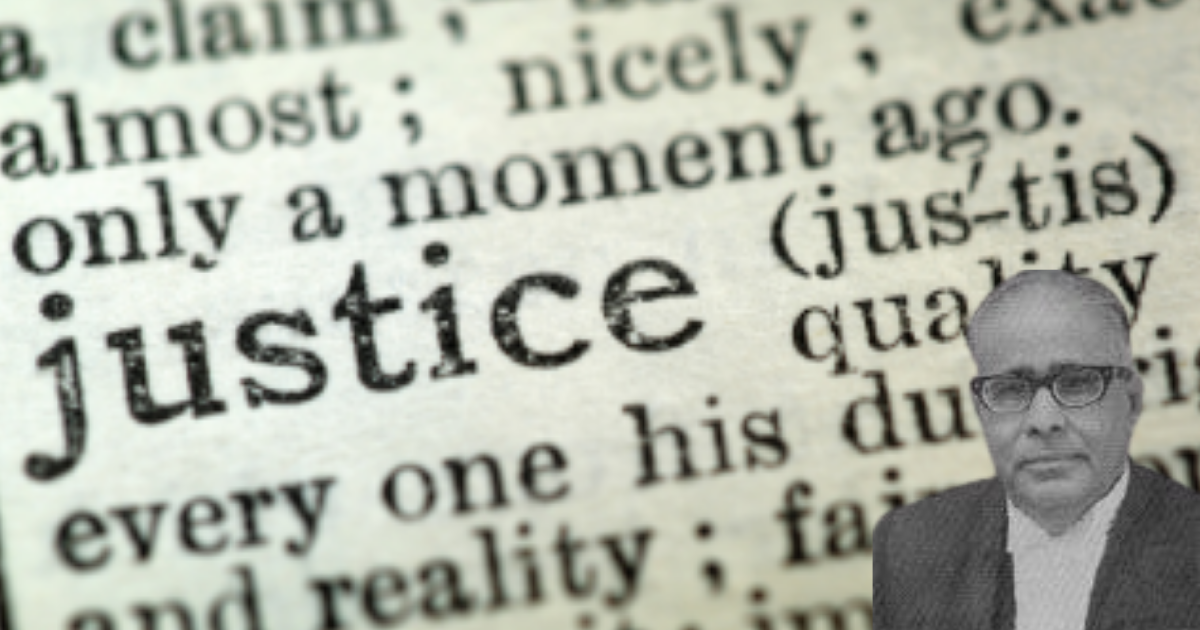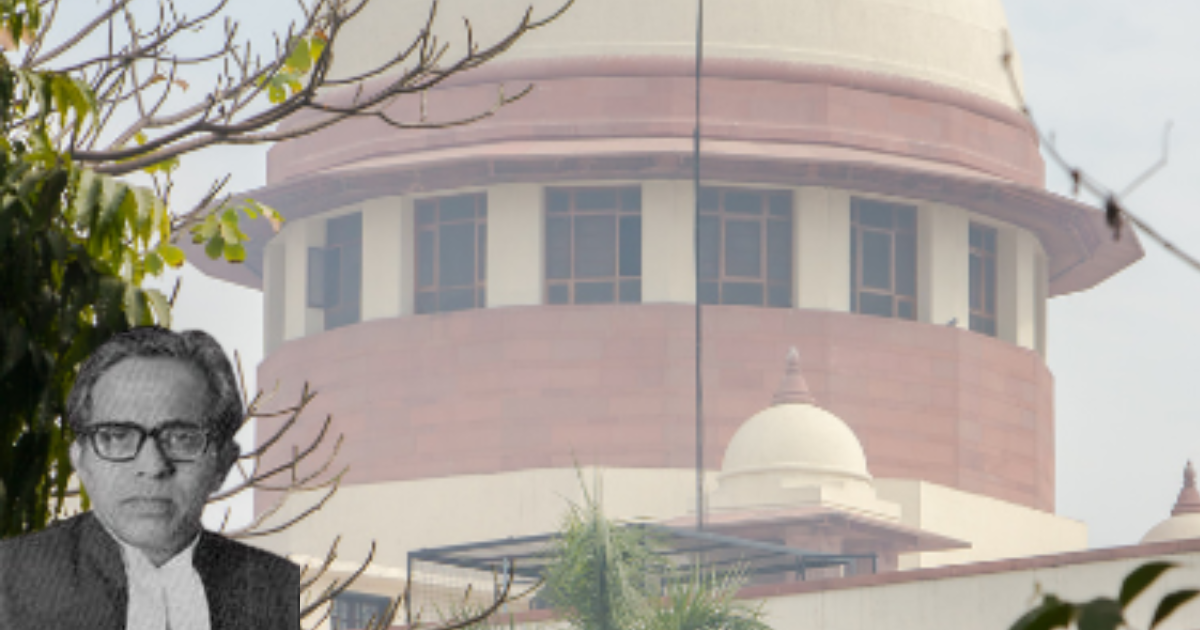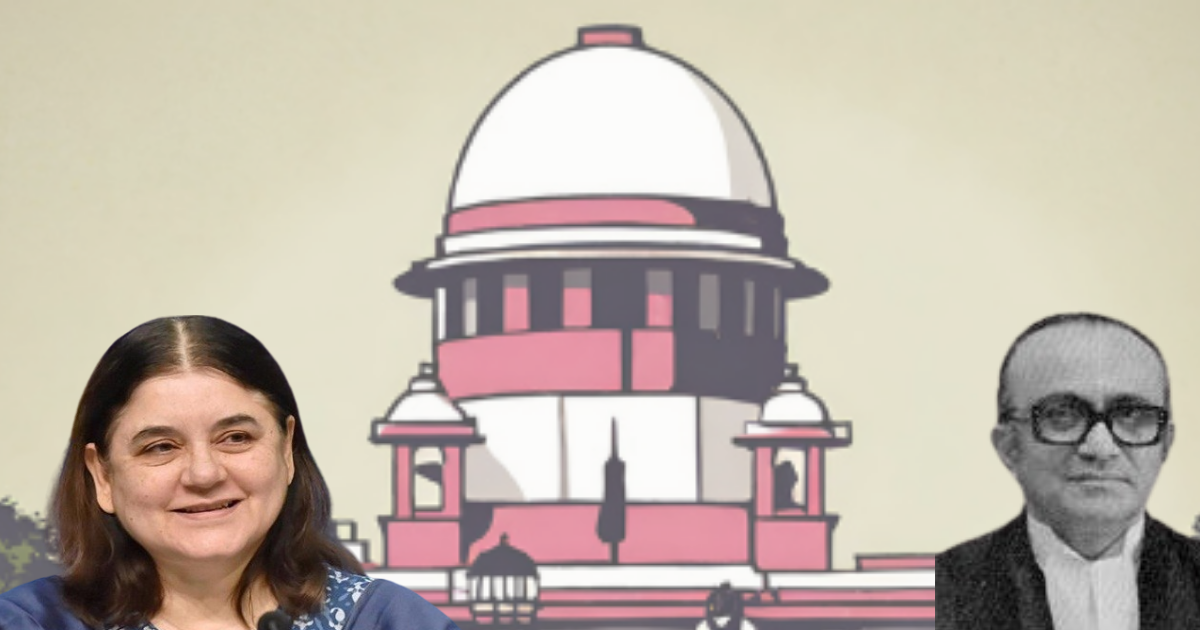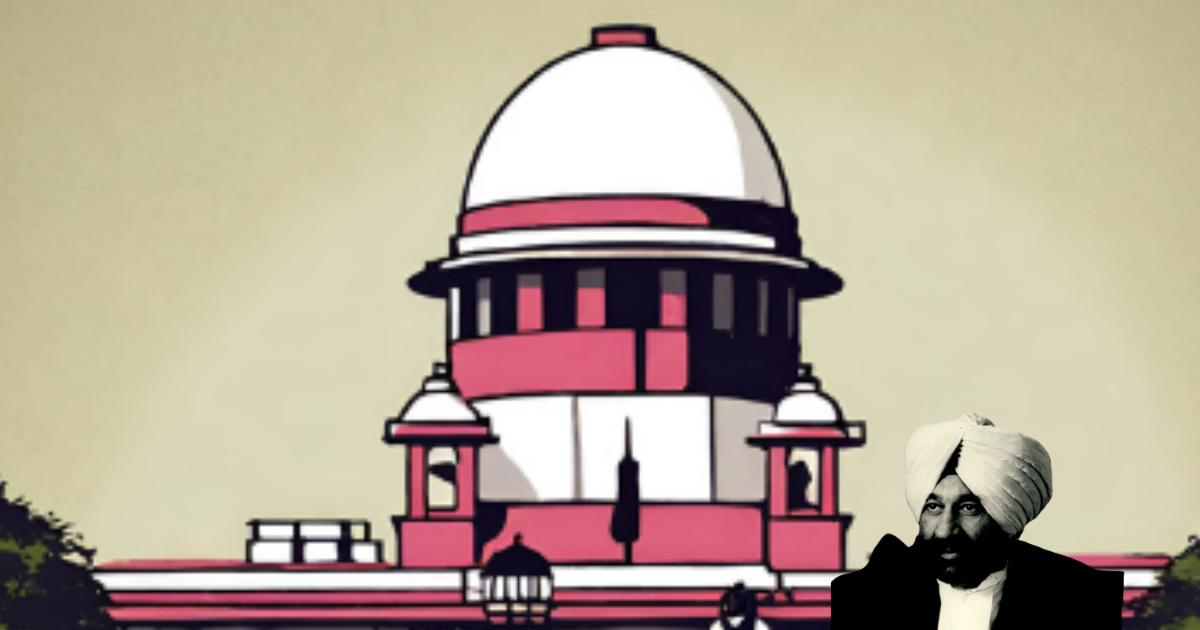In the annals of Indian constitutional jurisprudence, the case of Golaknath Vs. State of Punjab (1967) marks a pivotal chapter that resonates with the clash between parliamentary supremacy and the sanctity of fundamental rights. The legal saga, featuring petitioner I.C. Golaknath, unfolds as a constitution that reaches the hallowed halls of the Supreme Court, challenging the government’s authority to amend fundamental rights through constitutional amendments.
The narrative commences with Golaknath, a landowner from the state of Punjab, taking center stage as the petitioner. The Government of Punjab, under the Ninth Schedule of the Constitution, had enacted laws that imposed restrictions on the petitioner’s property rights. Golaknath, through his legal team led by eminent jurist N.A. Palkhivala, mounts a formidable challenge, asserting that the constitutional amendments under the Ninth Schedule infringe upon his fundamental rights.
The legal battlefield witnesses a clash of constitutional principles as Golaknath contends that fundamental rights, once enshrined in the Constitution, are immutable and beyond the reach of constitutional amendments. The argument hinges on the interpretation of Article 13(2) and Article 368, questioning whether the amending power of Parliament extends to altering or abrogating fundamental rights.
The legal analysis in Golaknath’s case plunges into the heart of constitutional interpretation. The Supreme Court, led by Chief Justice Subba Rao and a bench of distinguished justices, grapples with the profound question of whether Parliament’s power to amend the Constitution can extend to the abrogation or alteration of fundamental rights.
In a momentous judgment, the Supreme Court delivers a landmark verdict in favor of Golaknath. The Court holds that Parliament’s power to amend the Constitution under Article 368 does not extend to altering the fundamental rights guaranteed under Part III of the Constitution. The judgment pronounces that fundamental rights are the soul of the Constitution and form its basic structure, placing them beyond the amending reach of Parliament.
The legal reverberations of Golaknath’s case are felt far and wide. The judgment alters the constitutional landscape, laying down a formidable barrier against attempts to dilute or amend fundamental rights through the amending process. It sends shockwaves through the corridors of power, challenging the very essence of parliamentary supremacy and highlighting the inviolable nature of fundamental rights.
The aftermath of Golaknath’s case becomes a turning point in constitutional history. The judgment sparks debates and discussions on the balance between the authority of Parliament and the protection of individual liberties. It prompts the government to explore avenues for constitutional amendments, leading to the eventual insertion of Article 13(4) and the 24th Constitutional Amendment in 1971, attempting to place the power of amendment beyond judicial scrutiny.
Citation: 1967 AIR 1643 1967 SCR (2) 762
Case Title: I. C. GOLAKNATH & ORS. Vs. STATE OF PUNJAB & ANRS.(With Connected Petitions)



